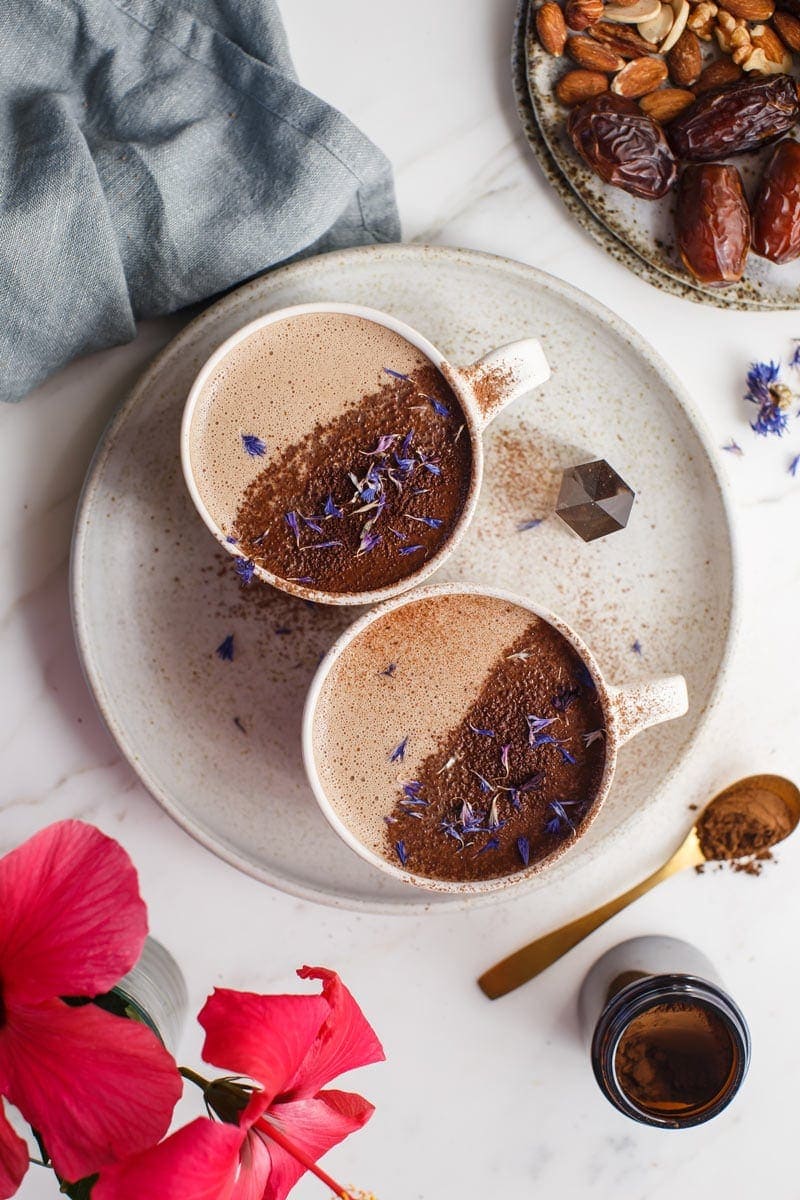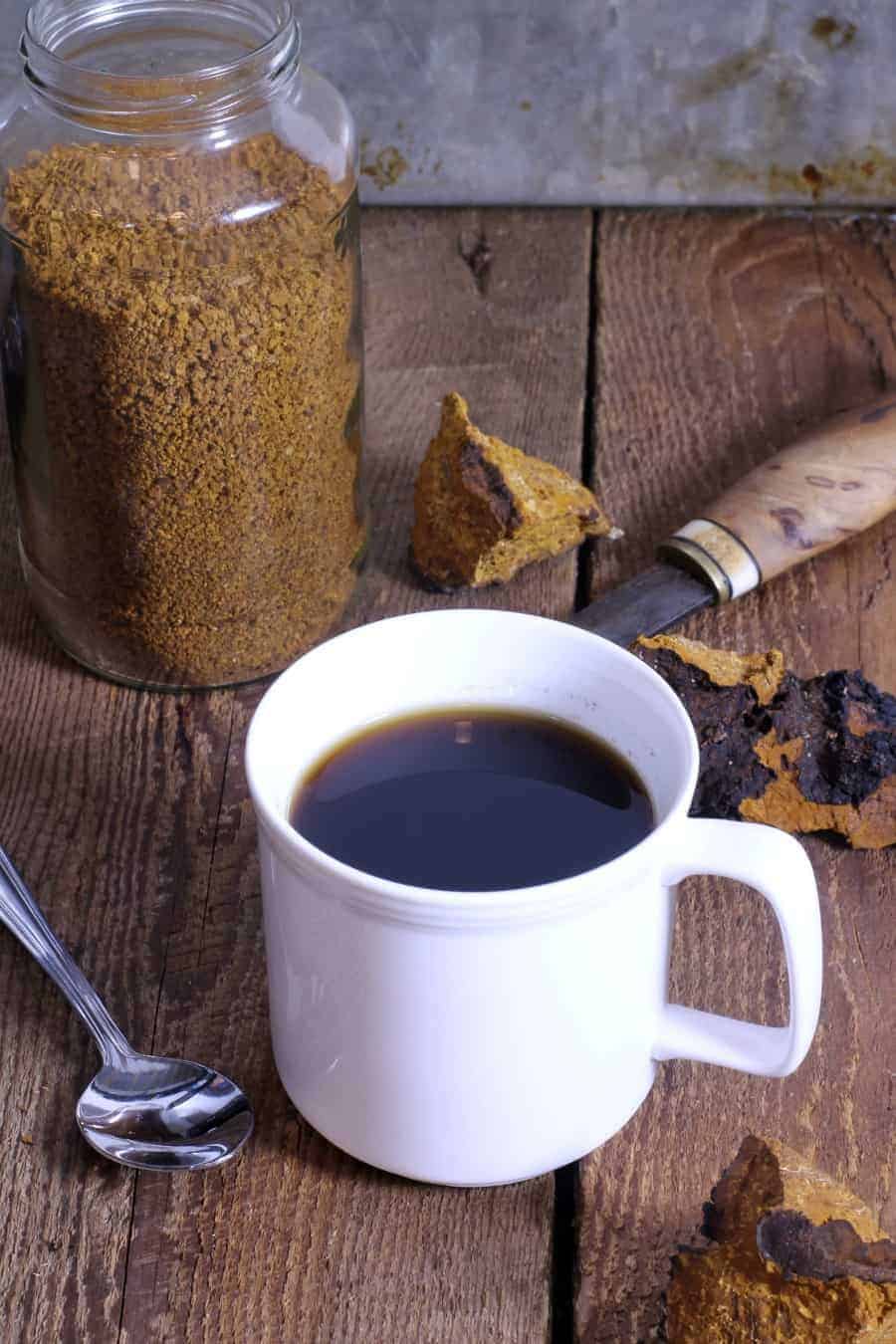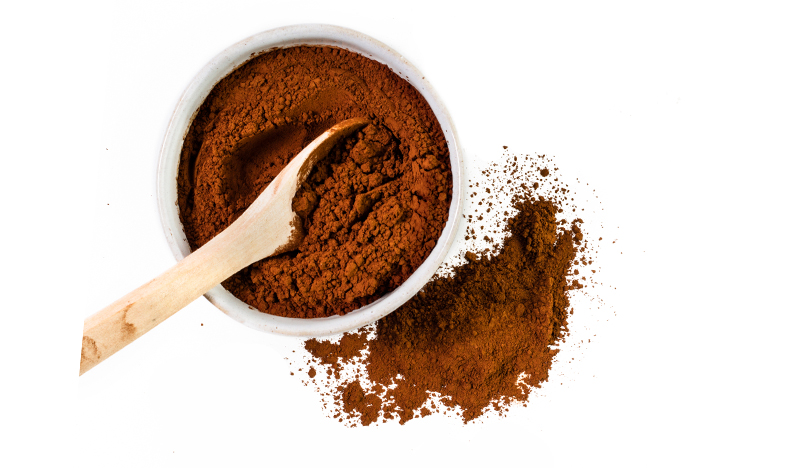Do you have to heat chaga powder?

It can be reheated with no loss in taste or nutrition if it is reheated on low heat. It can be flavored with other teas. Many enjoy brewing coffee using chaga tea, creating an extra energizing drink.
How do you store chaga?
Store chaga in paper bags or in boxes: it keeps the dust away but at the same time it allows the chaga to breath (so no plastic bag). Keep it in dark in constant room temperature. Usually the commercial chaga is sold as a powder, so you could also consider to blend it if you have a powerful blender. Does chaga have vitamin B12? Vegans, of course, also appreciate mushrooms as a source of protein — and as a rare plant-based source of vitamin B12. Boosting immunity. The immune-boosting Chaga mushroom grows on birch trees in cold climates — such as here in Maine.
You can also ask does chaga contain iron?
Chaga is an adaptogenic mushroom that is chalked full of a variety of vitamins, minerals, and nutrients. Just a few of the nutrients in chaga include vitamin D, fiber, iron, and calcium [1]. These mushrooms are almost exclusively found growing on birch trees in colder northern climates. Does chaga have iron? Chaga mushrooms contain many nutrients including calcium, iron, zinc, B-complex vitamins, vitamin D, copper, manganese, potassium, amino acids, fiber, and magnesium.
And another question, will chaga keep me awake?
Chaga does not have caffeine and will not keep you awake. It has adaptogenic properties and can help your body adapt to stress and calm down. It's good to drink chaga at any time of the day. Of course, Four Sigmatic Mushroom Coffee that have chaga will have caffeine in them.






Similar articles
- Can you mix chaga powder with coffee?
- What do you mix chaga powder with?
- Can you put chaga powder in a smoothie?
- What are the benefits of taking Chaga mushroom powder?
- Does chaga have vitamin D?
Chaga mushrooms are rich sources of a wide range of vitamins, minerals and nutrients, including B-complex vitamins. Vitamin D.
- Does chaga have a fruiting body?
The Chaga's harvested part is actually a woody kern and not a mushroom in traditional terms. This raises the question: Does Chaga have any fruiting bodies? It does, but we rarely see it. The actual mushroom (or fruiting body) forms beneath the bark of fallen or dead trees.
- Does chaga have pores?
 Drugs Forum
Drugs Forum
